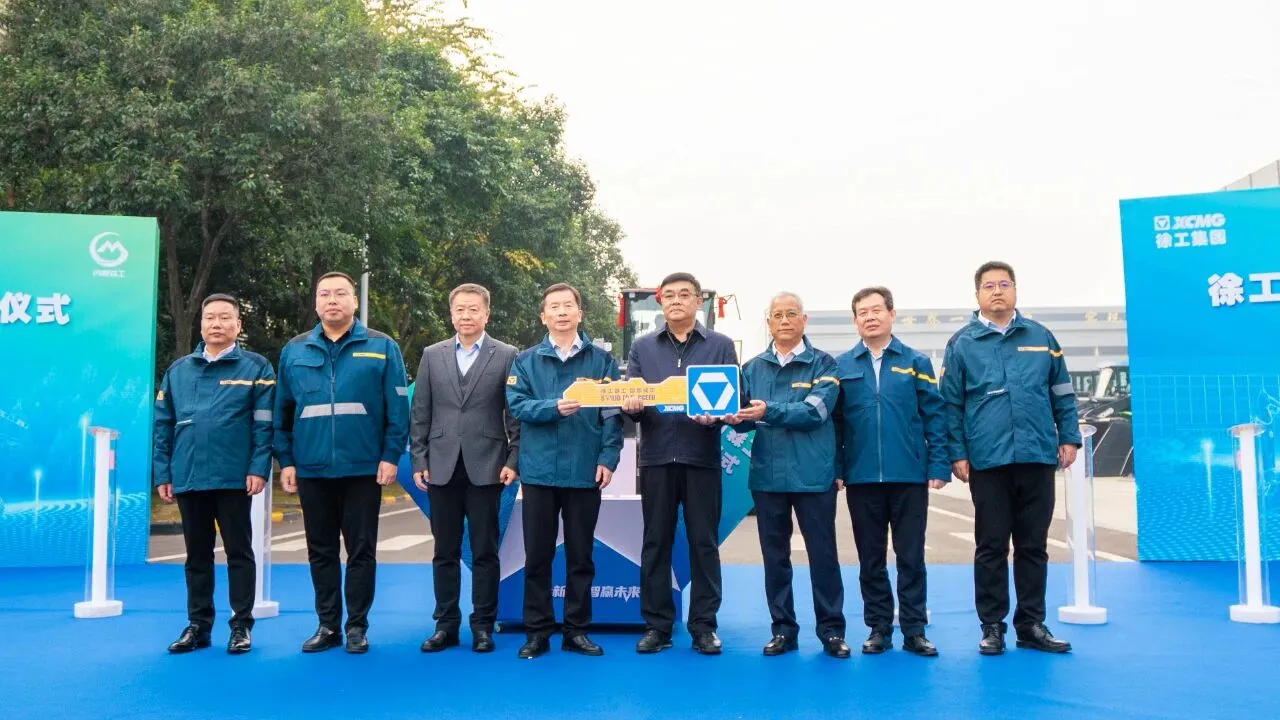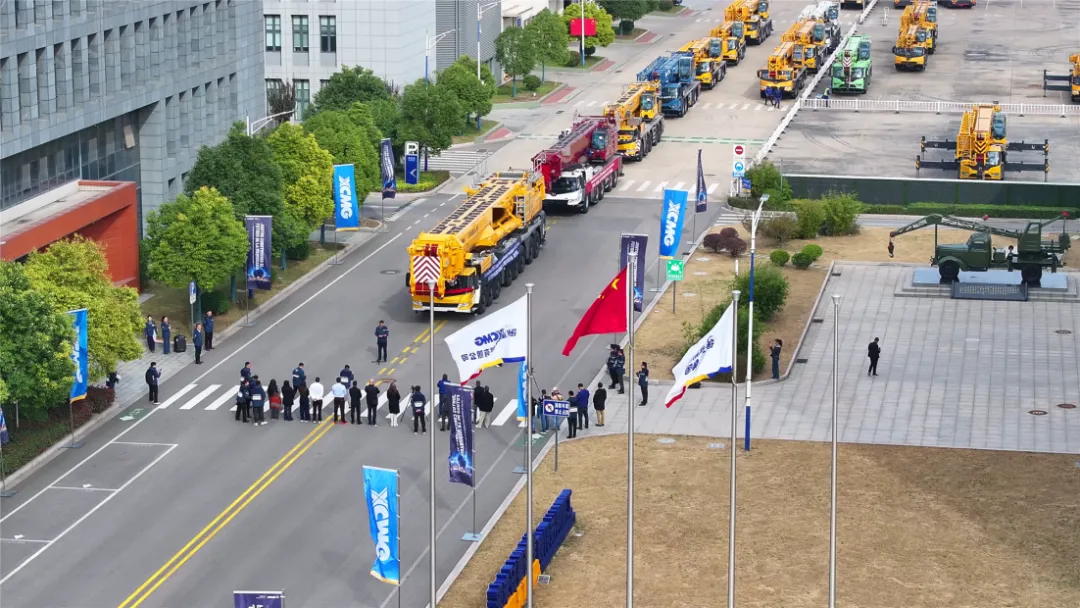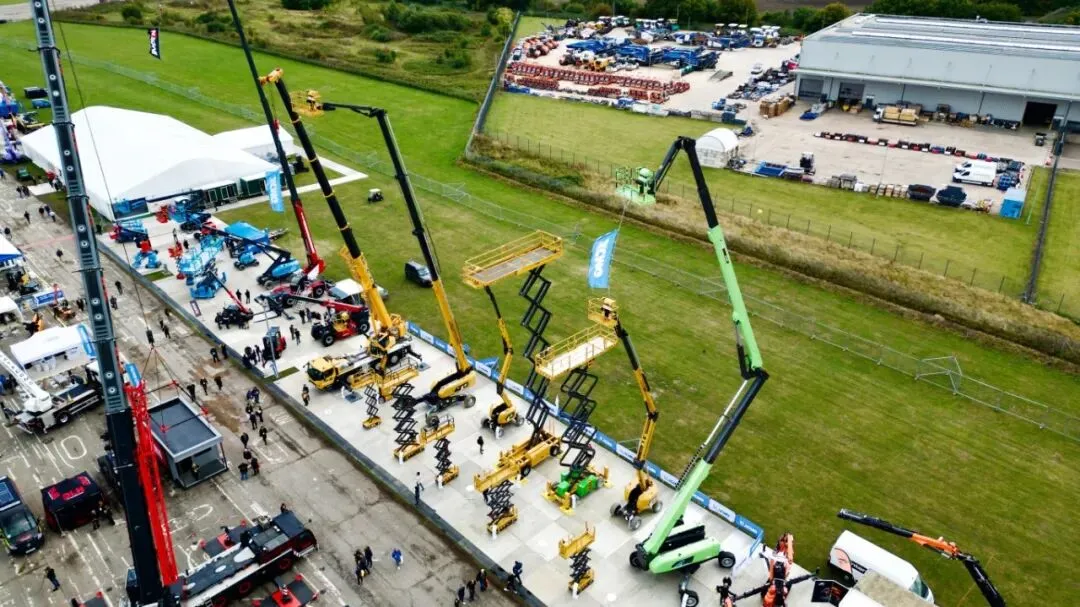Excavator Maintenance: How to Take Care of Your Excavator
Properly maintaining your excavator is essential to maximizing the
potential of your fleet. A well-kept machine is less likely to break down,
which saves you time, money and stress. Plus, proper care will drastically
extend the lifespan of your excavator. Keeping up with even just one machine
can be difficult since excavators are complicated machines. Many of the parts
of an excavator will eventually wear and will need to be replaced, as well.
That is why most people use a maintenance plan to minimize downtime and
streamline the entire process. Generally, there are two different methods for
regular machine maintenance. Routine maintenance refers to a plan in which the
machine is sent in for a maintenance check-up periodically. This includes
changing wear parts, such as fluids, filters and belts. Every machine follows a
maintenance schedule, which determines what parts need to be replaced and at
what time.
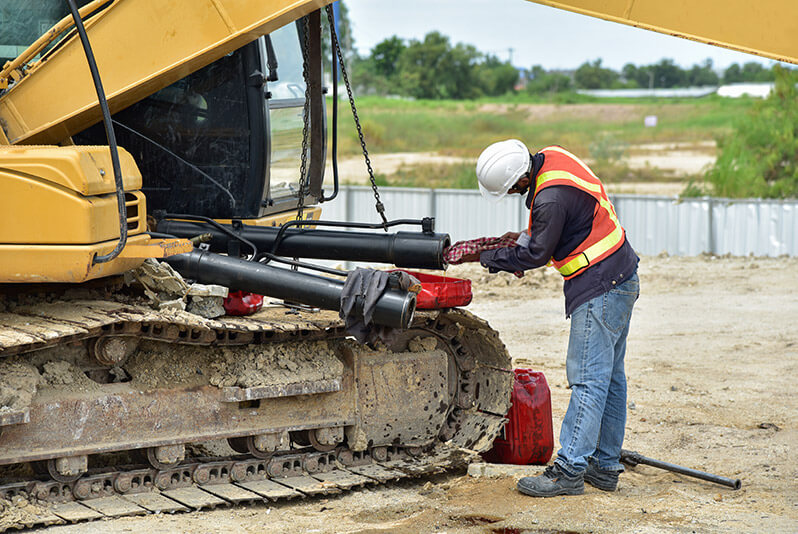
Preventive maintenance, on the other hand, involves monitoring the
machine very closely to predict and catch potential problems before they arise.
Both of these require regular checkups with the machine, but the fundamental
difference between them is their philosophy when solving problems. Routine
maintenance plans use consistency to avoid breakdowns, but a preventive
maintenance program looks to solve the problem before it even happens.
Preventive maintenance certainly has its advantages. When done
correctly, it’s an extremely cost-effective method, because it helps machine
owners avoid breakdowns or other issues that might delay work. Avoiding
breakdowns also helps prevent permanent damage to the excavator and lengthen
its lifespan. In order for a preventive maintenance plan to work correctly,
however, a lot of care and attention has to be put towards the machines in your
fleet. Your operators, mechanics, and other staff will need to be knowledgeable
enough about the excavator and observant enough to notice the warning signs
before a maintenance issue occurs.
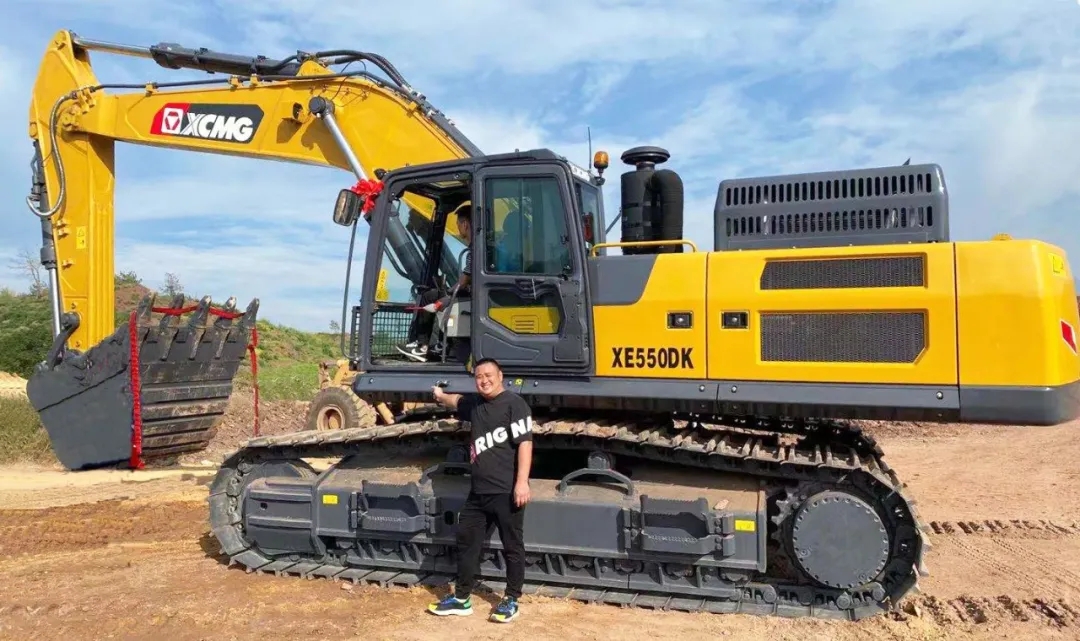
TIPS FOR CREATING YOUR PREVENTIVE MAINTENANCE PLAN
CREATE A SCHEDULE (AND STICK TO IT)
Whether the schedule is for once every day or once every year, having a
plan for what checks need to be done and when will provide the most effective
maintenance plan. Every checklist should have a specific time when it needs to
be done. For example, a pre-start checklist should always be done before
starting the machine. If you or your workforce are inconsistent, then you will
not be able to predict malfunctions.
KNOW YOUR MACHINE
Because preventive maintenance relies on spotting issues before they
arise, it’s important to be familiar with the machine you are servicing.
Consult the excavator’s manual, and make sure everyone who works with the
machine is properly trained with this information.
PAY CLOSE ATTENTION
Excavators are made of innumerable small parts, each of which interact
with one another in different ways. Many of these parts have a limited lifespan
and will need to be replaced, such as teeth on buckets or filters for fluids.
In order to keep your excavator in working condition, you need to be able to
find and fix problems before they cause a breakdown. Part of prevention is
knowing your machine, but you (and everyone else who works on the machine) will
need to keep a close eye on its condition as well.
DOCUMENT EVERYTHING
Proper documentation makes monitoring your excavator’s health much
easier. Although the objective of a preventive maintenance plan is to stop
breakdowns, they most likely will happen eventually. Recorded information about
the excavator’s health can help you figure out the issue faster. Even something
as simple as filling out a checklist and filing it away can help you pinpoint
when the machine broke down and what could have caused it.
It might sound difficult to keep track of everything to keep your
machine in working condition, but EquipmentShare has a solution to streamline
the process and save you the headache. With T3 Analytics, you can pull reports
about the machine’s health, location, service history and more.
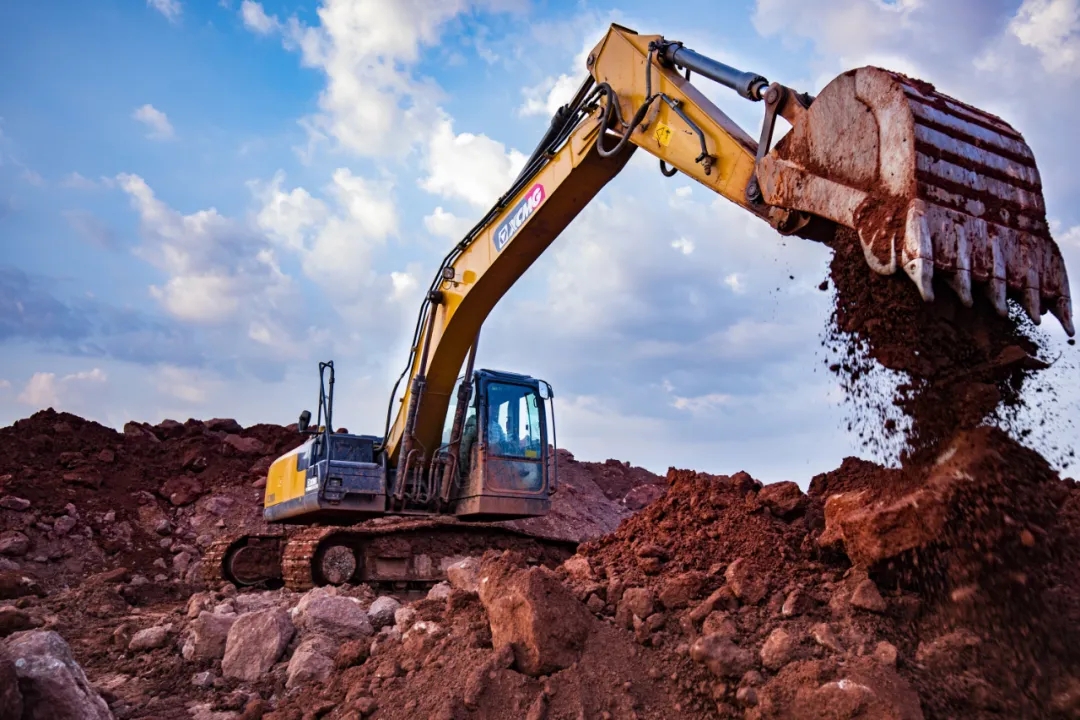
DAILY EXCAVATOR MAINTENANCE CHECKLIST
Note: This is an example inspection checklist. It’s best to create your
own maintenance plan, based on your needs.
PRE-START CHECKLIST
Check that the machine is parked correctly and safe to start.
Check for damaged or worn out parts, especially parts that often need
to be replaced, like belts, hydraulic lines and hoses.
Check the undercarriage for any leaks or loose parts. If the machine is
wheeled, check the tires to make sure they are undamaged and properly inflated.
Check the cab of the excavator for damaged or broken windows, mirrors,
and seat belts.
Check all fluid levels, including the fluids for your engine, power
steering, and hydraulics.
START CHECKLIST
Start the engine of your machine and allow the engine to idle for 5 to
10 minutes.
Listen for any unusual noises.
Feel for any odd vibrations or other problems with the suspension
system.
Check the gauges on the dashboard for anything that needs to be fixed
or replaced.
Test the excavator’s hydraulic system by moving the arm and boom. Pay
attention to odd noises or movements.
Test all of the lights on the vehicle, including headlights, backup
lights and brake lights.
Test that the brakes work properly.
SHUTDOWN CHECKLIST
Park the excavator in a safe place and engage the parking brake.
Allow the engine to idle for 5 to 10 minutes before turning off
completely.
Refill the fuel tank.
Clean the machine and pick up any trash, if need be.

